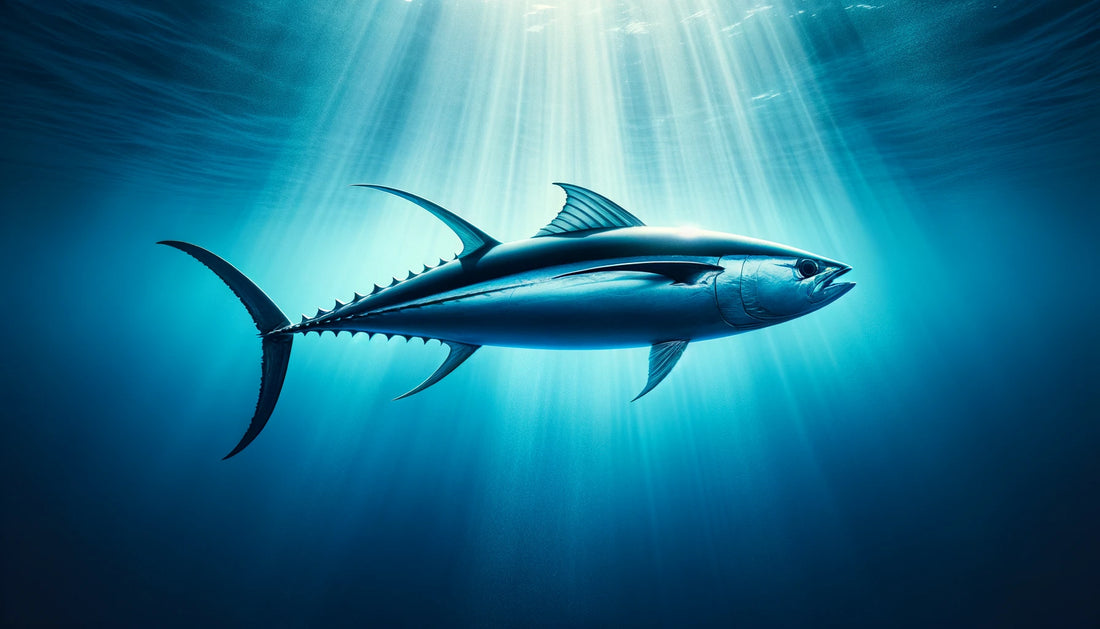Top 5 Uses for Fish Dredges
- teaser dredge for billfish
- weighted dredge for grouper and snapper
- high speed dredge for tuna
- freshwater dredge for bass
- research and recovery of fish for science
The Art and Science of Fish Dredging: A Deep Dive
Fishing, the age-old tale of man versus nature, where wit, patience, and technology intertwine. Among the myriad of tools at the angler's disposal, the fish dredge stands out—not for its simplicity, but for its ability to turn the aquatic battlefield in favor of the fisherman. Now, before visions of heavy machinery dredging the ocean floor cloud your mind, let's clarify: we're talking about an elaborate, underwater decoy system, not an environmental hazard.
Top 5 Uses and Setups of a Fish Dredge
1. The Grand Illusion: Teaser Dredges for Billfish
The apex predators of the sea aren't easily fooled, but a well-arranged fish dredge can turn the tide. By mimicking a school of baitfish, these underwater spectacles play on the primal instincts of marlin, sailfish, and their sharp-nosed cousins. Picture this: a shiny, fluttering mass of fish (or fish-like facsimiles) dancing through the water. It's like hanging a disco ball at an ocean rave, and the billfish can't help but join the party. For this setup, anglers often use lightweight, artificial fish attached to a tiered, circular frame, designed to be both alluring and hydrodynamic.
2. The Bottom Dweller Banquet: Targeting Groupers and Snappers
Down where the sunlight fears to tread, groupers and snappers reign supreme. Here, a fish dredge becomes a floating buffet, an irresistible spread of faux crustaceans and fish. The trick? Weighted rigs that sink to the depths, where the real dinner guests lurk. With the right setup, an angler can create an underwater scene that screams, "Free all-you-can-eat buffet!"—an offer no self-respecting bottom dweller can ignore.
3. The Tuna Tango: High-Speed Dredging
Tunas are the speed demons of the sea, always on the move and burning calories like there’s no tomorrow. To catch their eye, a dredge needs to keep up—enter the high-speed dredge setup. This setup involves streamlined lures and a sturdy, but swift, retrieval system, creating a fast-moving target that tunas find irresistible. It’s the aquatic equivalent of dangling a carrot in front of a racehorse, but with more sparkle.
4. Freshwater Follies: The Inland Adaptation
Who says dredging is a saltwater-only affair? Freshwater enthusiasts have adapted the concept for trophy bass and other inland species. Using lighter, more compact dredges, anglers can simulate a school of panicked shad or fleeing crawfish. It's akin to opening a fast-food drive-thru in the middle of a fish's home—convenience is key, and resistance is futile.
5. The Conservation Connection: Research and Recovery
Beyond the sport, fish dredges have a role in conservation efforts, helping to catalog and recover endangered species from hard-to-reach places. By mimicking specific prey items, scientists can attract, tag, and track species of interest without the invasive footprint of traditional netting methods. It’s fishing for data, where every catch is a win for science.
The Science Behind the Scenes
Understanding the effectiveness of fish dredges involves a dive into marine biology, physics, and a touch of piscine psychology. The essence of a successful dredge setup lies in its ability to exploit the natural behaviors and instincts of fish. Let's break down the science into components that make these underwater ruses so compelling.
Biology: The Predatory Perspective
Fish, especially predators like billfish and tuna, are hardwired to respond to certain stimuli—movement, color, and the illusion of prey in distress. Dredges mimic these cues, creating scenarios that fish find irresistible. It’s about speaking their language, with each flutter and glint translating into "dinner's served" in fish-speak.
Physics: The Dance of the Dredge
The movement of a dredge through water is a ballet governed by physics. Achieving the right hydrodynamics—where resistance, buoyancy, and drag come into play—ensures that the dredge's motion is lifelike. The aim is to replicate the chaotic, yet enticing dance of a school of baitfish. This is where design becomes crucial; too much resistance and the dredge moves unnaturally, too little, and it may not attract the intended audience.
Psychology: The Lure of the Illusion
Fish, like any animal, make decisions based on risk vs. reward. A well-designed dredge presents a scenario where the reward (a meal) outweighs the perceived risk. This psychological trickery is the final piece of the puzzle, making dredges not just a tool, but a weapon of mass deception in the angler's arsenal.
Expert Insights and Anecdotal Evidence
To further ground our understanding, conversations with seasoned fishermen and women reveal the nuances of dredge fishing. One common theme is the importance of experimentation—varying speeds, depths, and arrangements to find the perfect setup for the day. It's a reminder that, despite our best efforts, the sea keeps its secrets, and success often comes through persistence and adaptation.
Conservation and Beyond: A Wider Role
The role of fish dredges in conservation offers a fascinating glimpse into how fishing techniques can contribute to scientific knowledge and environmental stewardship. Tagging and tracking programs, supported by non-invasive dredging techniques, have provided invaluable data on migration patterns, breeding grounds, and the impact of climate change on marine life. It's a compelling example of how angling and conservation can go hand in hand, with each cast contributing to a larger understanding of our oceans.
The Future of Fish Dredging: Innovations on the Horizon
As technology advances, so too do the tools of the trade. Emerging materials and design innovations promise to make fish dredges more effective, environmentally friendly, and versatile. From biodegradable materials to AI-enhanced designs that mimic prey movements more closely, the future of fish dredging is as vast as the oceans themselves.
Wrapping Up: The Artful Angler
The journey from the initial cast to the final catch, with a fish dredge in tow, is a testament to the angler's skill, ingenuity, and respect for the aquatic world. It's a practice that blends science, art, and a touch of magic, reminding us that fishing is more than a pursuit—it's a dialogue with nature.
So, whether you're aiming to set a new record, contribute to conservation efforts, or simply enjoy the thrill of the chase, remember: the best fishermen aren't just those who know where to cast, but how to create the illusion that brings the sea alive. In the end, fish dredging is not just about catching fish; it's about the stories we tell, the knowledge we gain, and the connections we forge—both above and below the waterline.

